Photographs: Joe Raedle/Getty Images
Costa Rica's domination of a group with three former champions and Chile and Colombia's triumphant march through their first two matches highlights the strength of the Latin American challenge at the World Cup.
--Catch the complete coverage of the football World Cup
A mixture of enhanced coaching and the confidence gained from playing on familiar territory in their own region means they can play an attacking game that comes more naturally to them with the bonus of profiting from their better ball skills.
Another major factor is the ever growing number of players from all over Latin America gaining experience in Europe’s top and secondary leagues.
But the improvement of the national teams is mainly down to management policies at home.
Please click NEXT for more...
How Latin American teams are taking a grip on World Cup
Image: Neymar of BrazilPhotographs: Buda Mendes/Getty Images
Brazil, Argentina and Uruguay are the South American names that have already been etched on the trophy.
However, an all-encompassing CONMEBOL qualifying system introduced for the 1998 finals in France has allowed other nations on the continent to make progress through greater competition with the big guns.
The group was made up of nine of the 10 member nations, minus World Cup hosts Brazil, with the teams all playing 16 demanding matches on a home and away league basis.
Please click NEXT for more...
How Latin American teams are taking a grip on World Cup
Image: Colombia's players celebrate after James Rodriguez (No 10) scored the opening goal against Ivory CoastPhotographs: Adam Pretty/Getty Images
Colombia and Chile, both with highly regarded Argentine coaches, finished second and third respectively behind Argentina with Ecuador fourth, leaving Uruguay once again to book a ticket to the finals in an intercontinental playoff.
Venezuela had never come as close to qualifying for their first finals as last year when only a 1-0 home defeat by a Uruguay side staring elimination in the face dashed their dream.
The new World Cup qualification system and South America’s extension of the Copa America since the 1990s to 12 teams, including two invited in from other confederations, usually CONCACAF, has benefited Costa Rica and Mexico.
Please click NEXT for more...
How Latin American teams are taking a grip on World Cup
Image: Luis Suarez of Uruguay, left, signals to team mates during a training sessionPhotographs: Richard Heathcote/Getty Images
The two nations from the north of the Americas sent development teams to the Copa America in Argentina three years ago and are yielding the benefits, Mexico having gone on to win the Olympic soccer gold medal in London in 2012.
Costa Rica, then coached by Mexican-based Argentine Ricardo La Volpe, blooded the likes of Joel Campbell in Argentina in 2011 and Colombian Jorge Luis Pinto has carried on the work.
The latter has now led them to shock wins at the World Cup in Brazil over Uruguay, semi-finalists in 2010, and Italy, champions for the fourth time in 2006.
Please click NEXT for more...
How Latin American teams are taking a grip on World Cup
Image: Michael Umana of Costa Rica (centre) celebrates after winning the match against ItalyPhotographs: Laurence Griffiths/Getty Images
“Costa Rica prepared from the pre-season and today we’ve seen the results," Pinto said. "I’m not sure if I’m being daring but I think that in defence we had a perfect match. We’ve beaten... an Italy with marvellous and extraordinary players,”
Midfielder Celso Borges, referring to Costa Rica qualifying for the second round for the first time since Italia '90, said: “Let the people enjoy, because we’re going for more. We’ve tied our history but we want to be immortal.”
South America, having made a mark at the finals in South Africa four years ago by getting four teams into the quarter-finals, want to win the trophy back for the first time since Brazil’s record fifth victory in 2002.
Results in the first nine days of the tournament suggest it is not exclusively the big three looking to get in on the act. Time will tell if they have the stamina to stay the course.

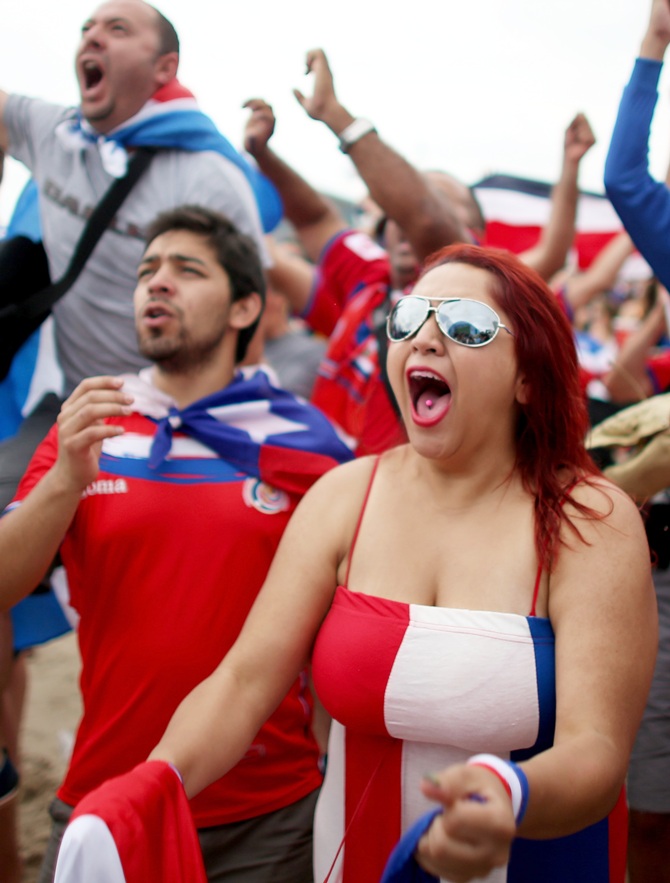
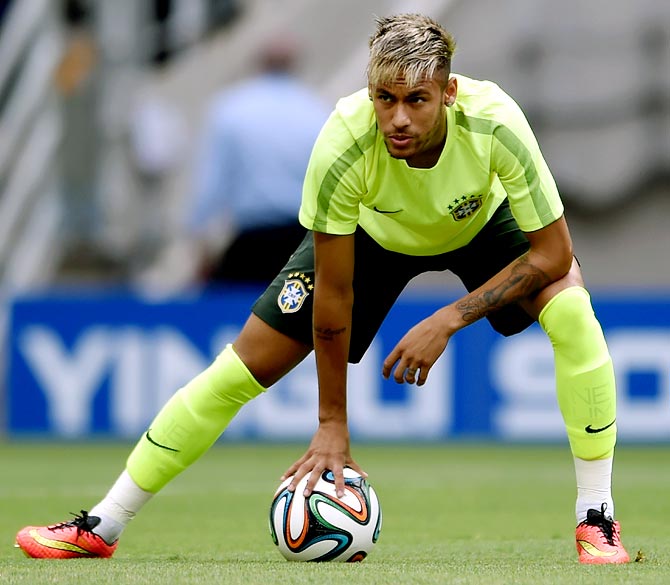
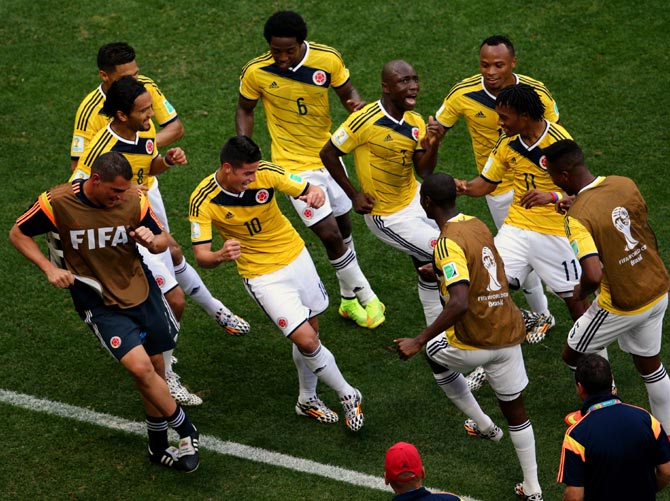
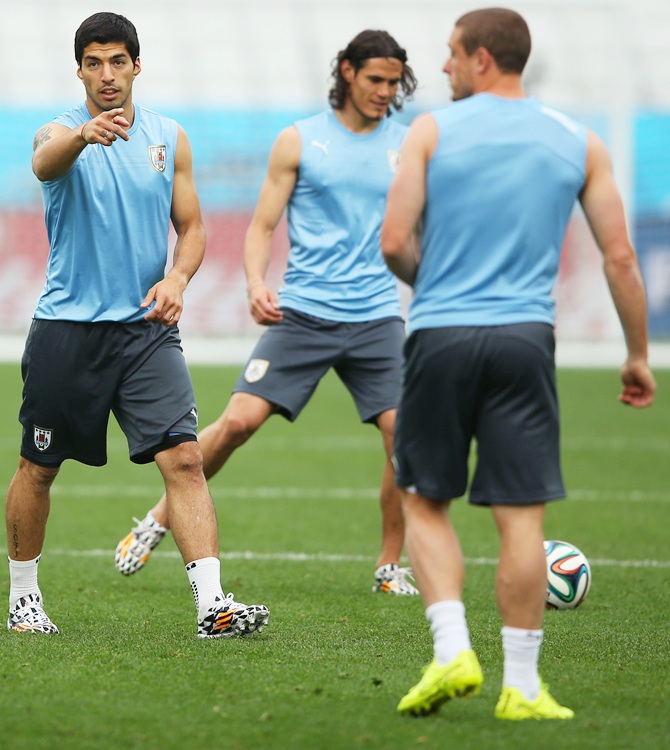
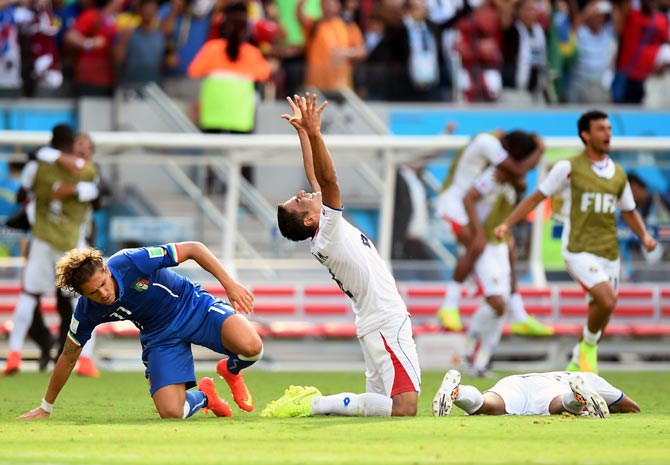

Comment
article